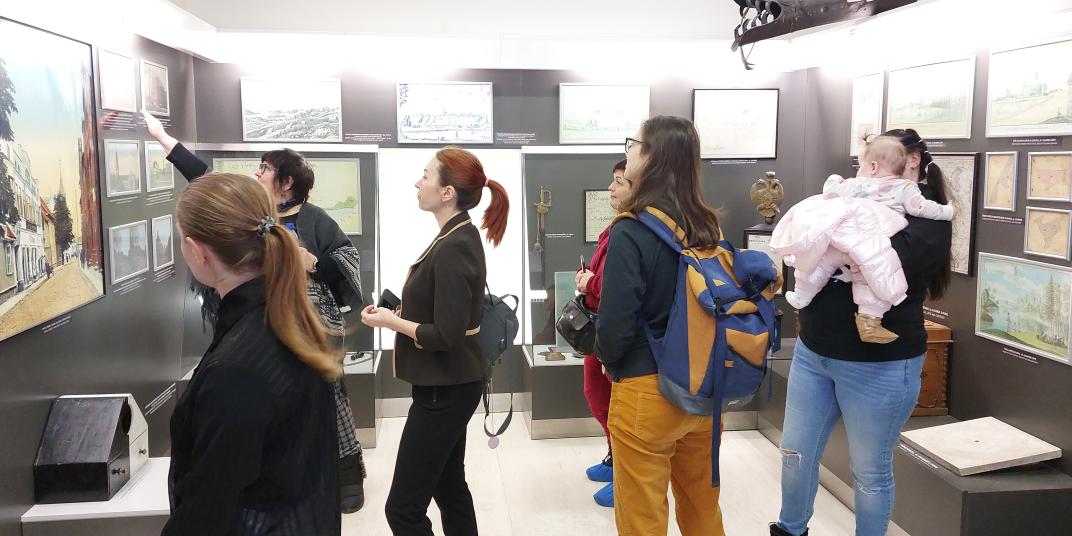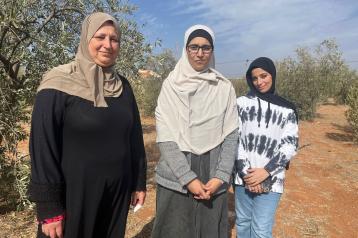Countries
Estonian Refugee Council, together with the UN Refugee Agency (UNHCR) and the International Organization for Migration (IOM), conducted a socio-economic survey called SEIS among Ukrainian refugees, shedding light on their experiences integrating into a new society.
In Estonia, the survey covered 600 households and 1,409 individuals. The findings show progress in language learning, employment, and social inclusion, while also highlighting the ongoing need for economic support.
Language learning plays a key role in integration in Estonia, which is why many refugees are actively working to improve their Estonian skills. According to the survey, 58% of refugees have participated in language courses, and the majority are satisfied with the knowledge they gained. Proficiency in Estonian helps refugees secure employment, manage daily life, and connect with the local community.
Ukrainian refugees in Estonia also show a high employment rate – 69%. However, many still face financial difficulties: 75% of households report incomes below the national poverty line, and 24% struggle to cover basic expenses. In addition, many are employed in roles that do not match their qualifications, leading to underutilisation of their skills.
Despite these challenges, relations between refugees and local communities in Estonia are generally positive – 77% describe their interactions with locals as good or very good. Support from local communities has played an important role in helping refugees adapt and rebuild their lives. Around 80% of Ukrainian refugees plan to remain in Estonia over the next year, emphasising the need for long-term integration measures.
A further positive sign is the high rate of school attendance – during the 2023/2024 academic year, 93% of children aged 7–18 were enrolled in Estonian schools.
Read the full version of the survey here.







